FAO Digital Services Portfolio
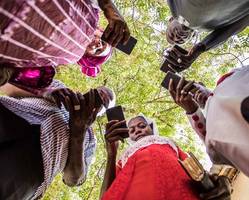
Digital innovation holds the potential to unlock employment opportunities, bridge the rural divide and empower youth to access information, technology and markets.
FAO has developed applications, databases and platforms to support the work being carried out in countries around the world. These digital services increase access to useful data, information, maps and statistics. The featured digital services represent a fraction of a broader FAO Digital Services Portfolio.
Agri Apps – Agricultural Services and Digital Inclusion in Africa
Four apps bring agricultural services closer to farmers, providing real-time information on weather and crop calendar, livestock care, markets, and nutrition-related aspects of food production.
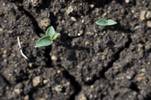
1. Weather and crop calendar
This mobile application combines information on weather forecasts and crop calendars.
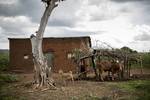
2. Cure and feed your livestock
This mobile application provides real time information on animal diseases control and animal feeding strategies.

3. AgriMarketplace
This mobile application connects producers and traders to facilitate trade and access to prices.
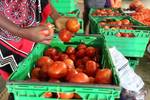
4. e-Nutrifood
This mobile application provides inhabitants of rural areas with information and technical recommendation concerning the production, conservation and consumption of nutritious foods.
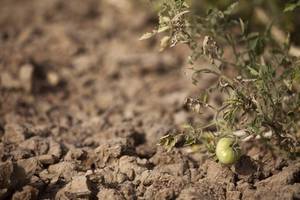
Agricultural Stress Index System (ASIS)
It monitors agricultural areas with a high likelihood of water stress/drought at global, regional and country level, using satellite technology.
Drought affects more people than any other type of natural disaster and is the most damaging to livelihoods, especially in developing countries. ASIS simulates the analysis that an expert in remote sensing would undertake, and simplifies the interpretation and use of the data for non-remote sensing experts.
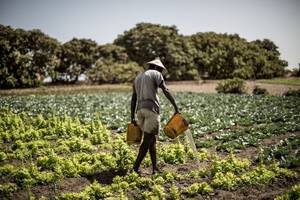
Water Productivity Open Access Portal (WaPOR)
It provides publicly accessible, near real-time data to monitor agricultural water productivity using innovative satellite technology.
Agriculture is responsible for 70 percent of freshwater withdrawals worldwide. Careful monitoring of water productivity in agriculture is essential. WaPOR taps into a wealth of satellite data to help farmers optimize irrigation systems and achieve more reliable agricultural yields.
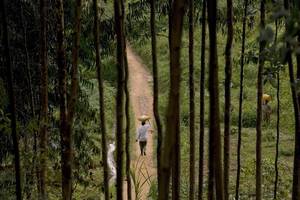
System for Earth Observation Data Access, Processing and Analysis for Land Monitoring (Open Foris and Sepal)
It helps countries measure, monitor and report on forests and land use, offering unparalleled access to granular satellite data and computing, for improved climate change mitigation plans and better informed land-use policies.
Open Foris leverages technical partnerships with Google and others to help countries develop robust national forest monitoring systems. SEPAL provides comprehensive image processing capabilities and enables detection of small-scale changes in forests, such as those associated with illegal or unsustainable timber harvesting.
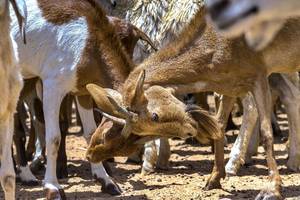
Event Mobile Application (EMA-i)
It enables data collection and real-time reporting at country level of geo-referenced information on animal diseases, facilitating both surveillance and early warning.
Animal disease surveillance and early warning enable national authorities to take effective and targeted prevention and control measures, and advise at-risk populations. Geo-referenced information on animal diseases is collected from the field and entered into this app. Users can visualize the location and the epidemiological details of a disease event from the field.
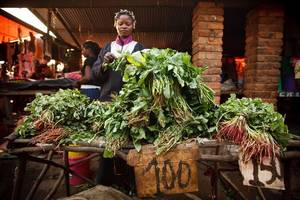
Food Price Monitoring and Analysis (FPMA) Tool
It provides an advanced technical solution for dissemination and analysis of price information.
The FPMA Tool provides an easy way to access the large amounts of data present in the database. It allows users to quickly browse single price series, create comparisons among countries/markets/commodities, download of charts, data and basic statistics such as averages, standard deviations and percentage changes.
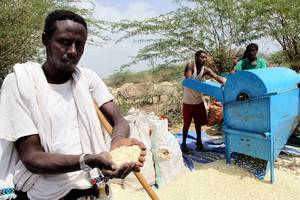
Information Network on Post-harvest Operations (INPhO)
It is an online technical platform that aims to address the growing demand from member countries for technological solutions to reduce food losses.
A large number of producers in the developing world lack access to information on good post-harvest management practices, food processing and packaging options, good transportation handling practices. INPhO facilitates access to this information, through virtual reality (VR), 3D interactive, augmented reality (AR), high definition video and pictures.
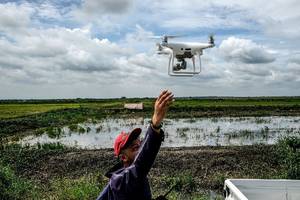
Drones for Desert Locust early warning and preventive control (dLocust)
As part of global Desert Locust monitoring, early warning and preventive control in Africa and Asia, drones could be used to locate areas of green vegetation in the desert, search the areas for locusts, and treat them safely and effectively.
Research and development is underway to provide a fixed-wing drone solution. These devices would be integrated with eLocust3, the hand-held rugged tablet used by survey and control teams for recording observations and transmitting them in real-time by satellite.
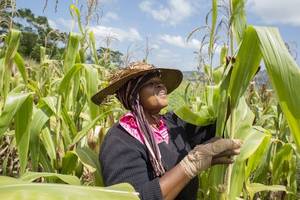
Fall Armyworm Monitoring And Early Warning System (FAMEWS)
It collects data on Fall Armyworm at the farm level and collates it for sharing at local, national and global levels to manage outbreaks, identify priority areas, and foster early warning mechanisms for all stakeholders.
Fall Armyworm (FAW) is an insect pest of more than 80 plant species. FAMEWS plays a critical role in FAW management as it enables the collection, recording, and transmission of standardized field data by farmers either as individuals or organized as communities.
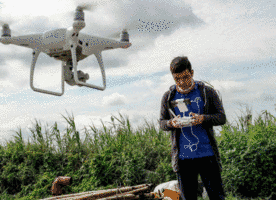
Eyes in the Sky (Drones)
Drones are used in agriculture for crop production, early warning systems, disaster risk reduction, landscape mapping, illegal fishing detection, and wildlife conservation.
When combined with analytical tools, the use of drones allows coverage of much larger areas, access to insecure zones, and makes operations more efficient and effective. Drones are being used for, and not limited to, precision farming to improve productivity; to map forests and landscapes for valuation, monitoring and research; to detect illegal fishing and aid in prosecution of offenders; and to track, inspect and monitor livestock remotely.

